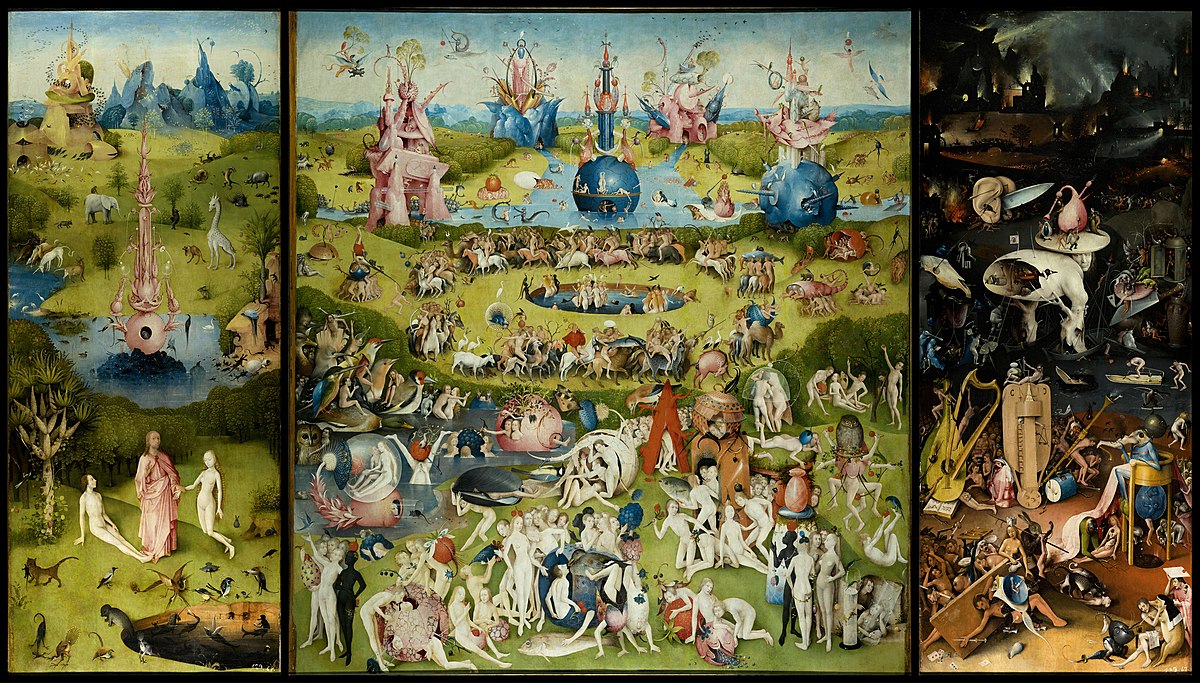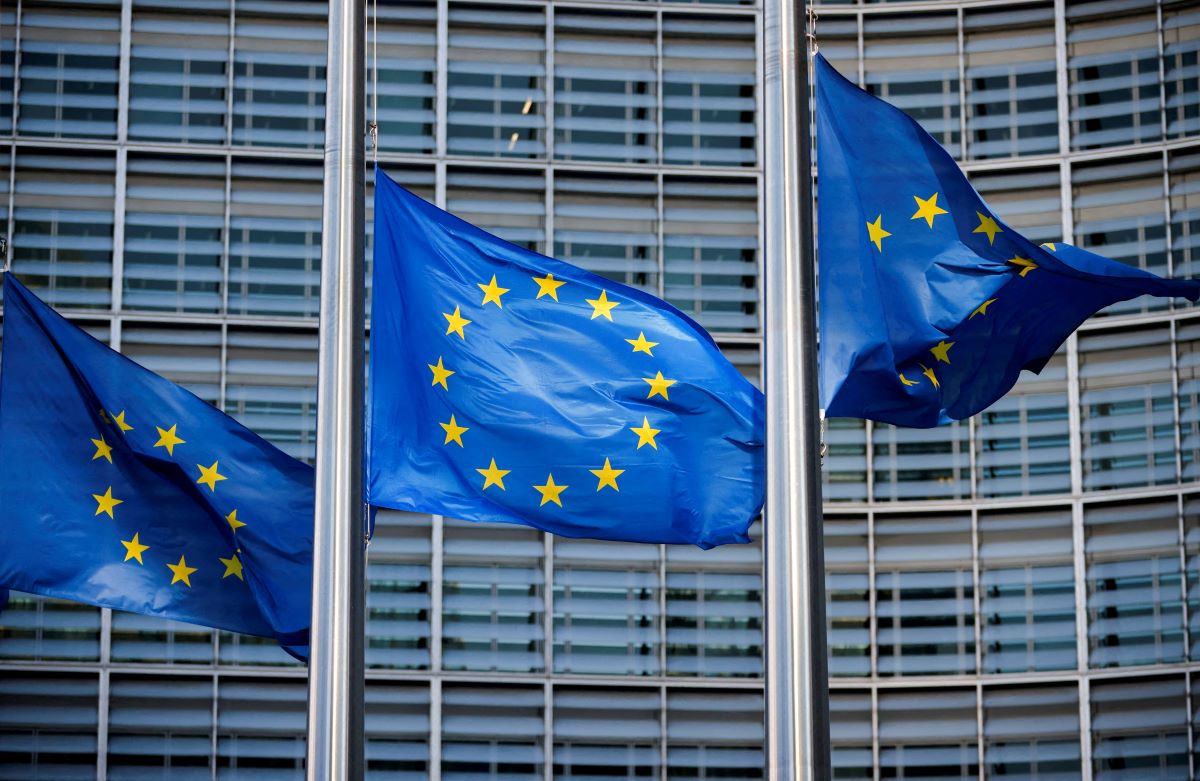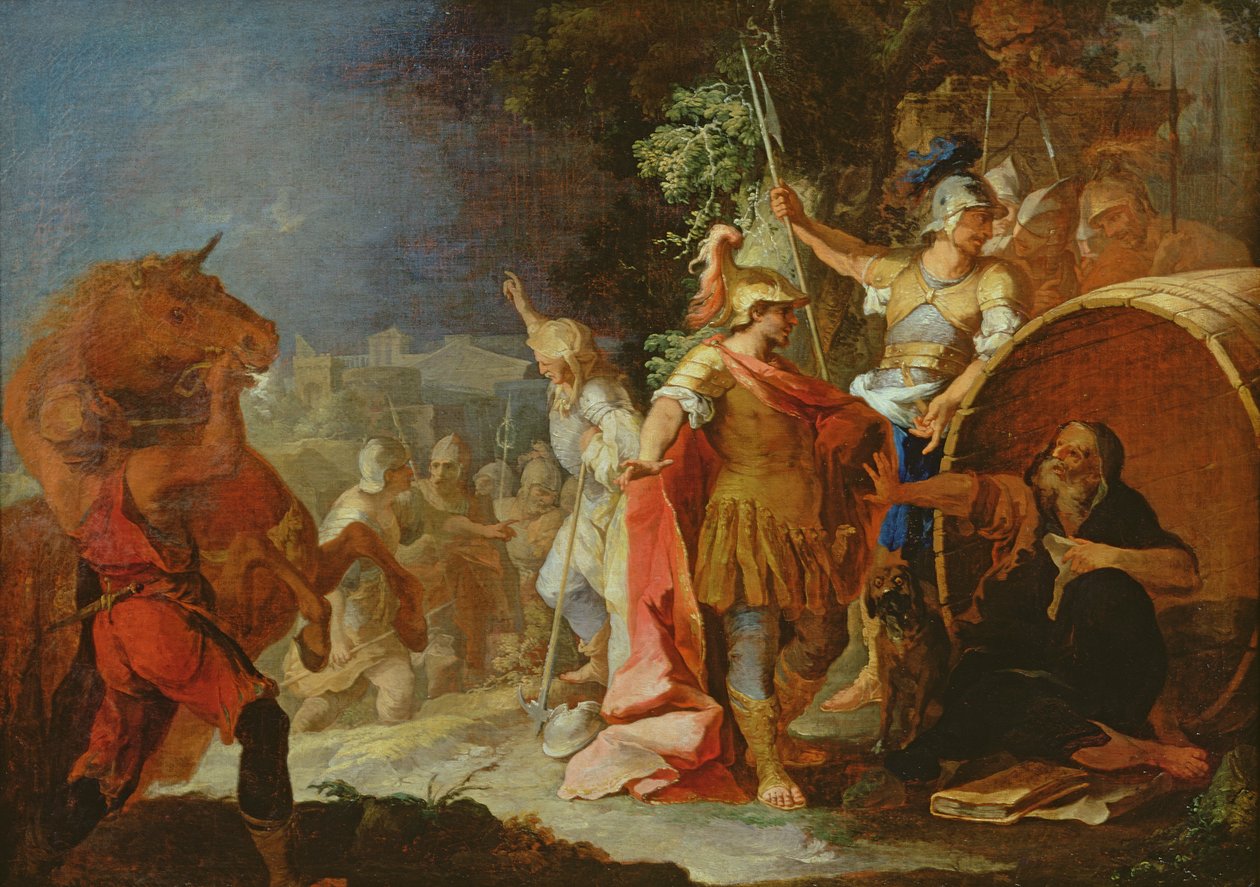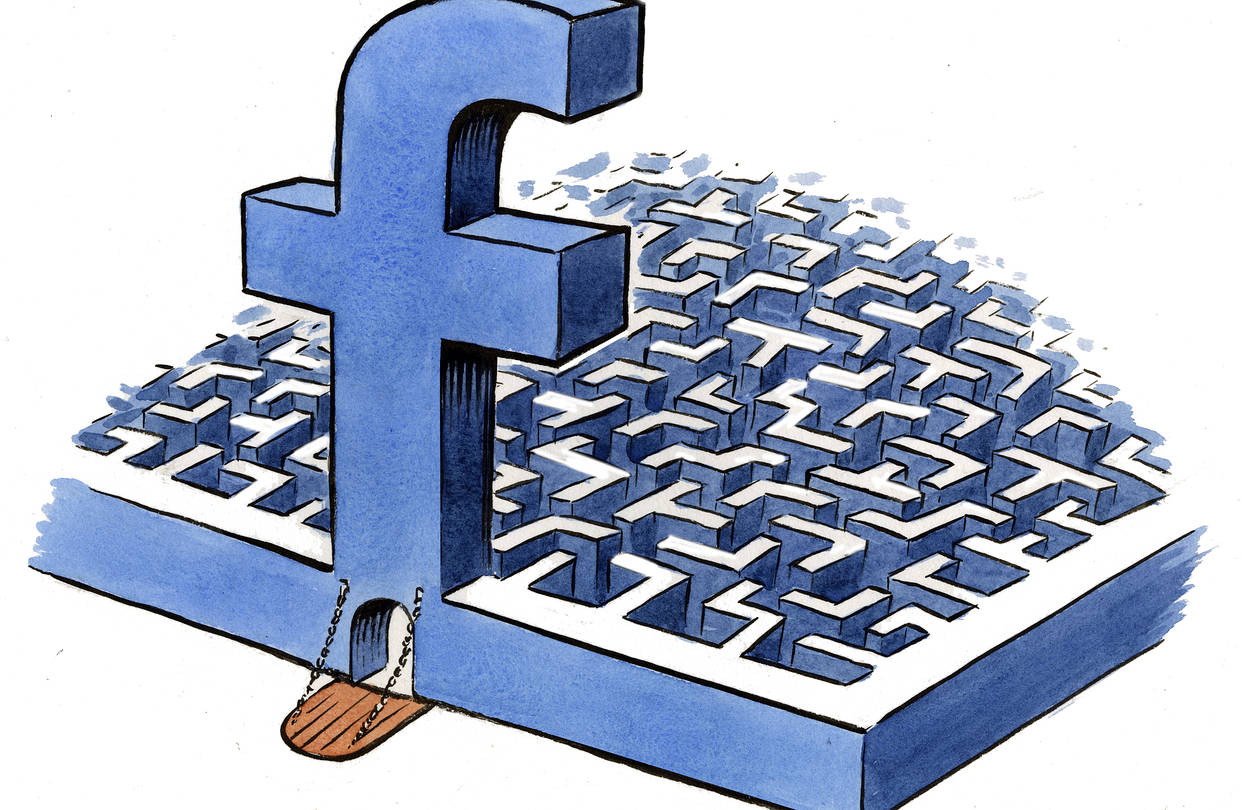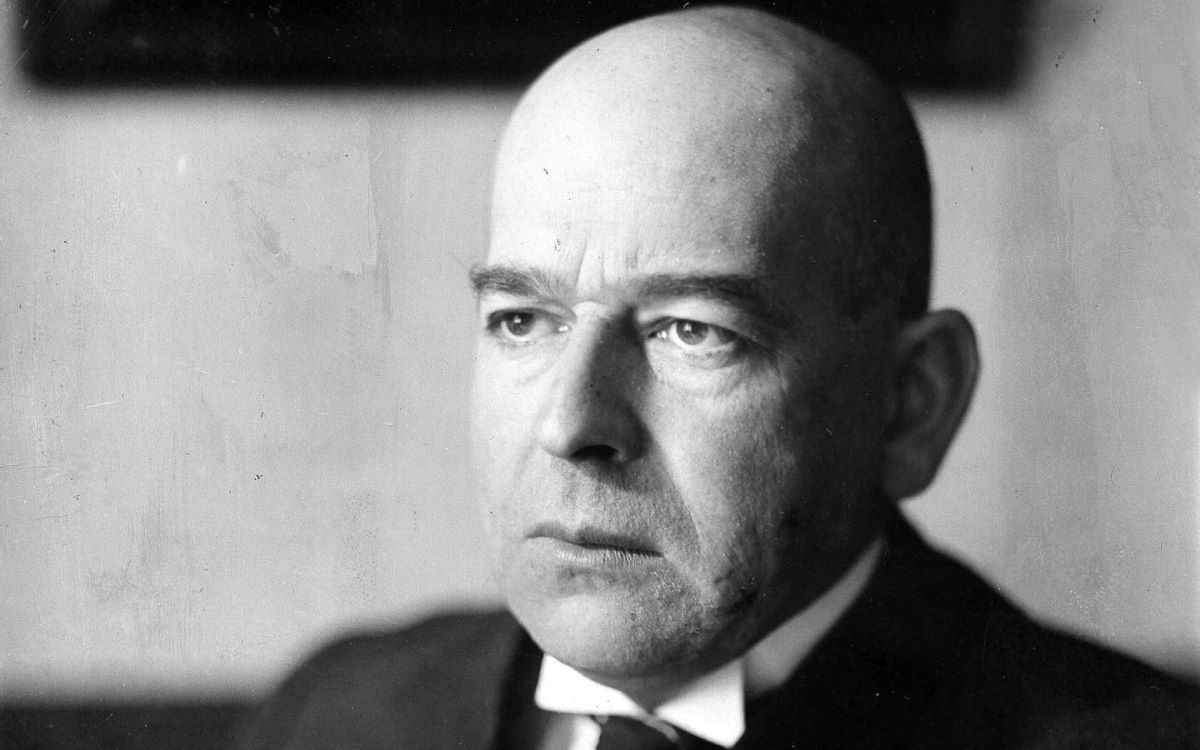Marcello Veneziani draws a parallel between the West’s current cultural and societal trends and the story of Dorian Gray from Oscar Wilde’s novel. It suggests that the West has entered into a Faustian bargain, similar to Dorian Gray’s, to preserve its vitality and youth by offloading its negative aspects onto its historical self-portrait. This involves blaming the past for current issues like war, racism, xenophobia, sexism, and other societal ills, essentially using history as a scapegoat. This process, part of ‘cancel culture’ and the ‘woke’ movement, attempts to erase or correct the perceived ugliness of the past.
In doing so, the West believes it can move towards a future of progress, liberation, and inclusion, free from the burden of its identity. It likens this to Dorian Gray’s illusion of preserving his youth while his portrait ages and decays. The piece reflects on the inherent narcissism in this approach, drawing a parallel to the myth of Narcissus.
However, the author warns that just as Dorian Gray’s story ends in tragedy when he tries to destroy his portrait only to kill himself, the West might face similar consequences. By attempting to erase or alter its historical representation, it might inadvertently harm itself, ending up with the decay and ugliness it sought to avoid. The article concludes that attempting to separate apparent life from real life might not save one from decay but rather lead to a shared downfall, similar to Narcissus’s fate.
* * *
Mirror of Decay: The West’s Faustian Pact with Its Portrait
Today’s West has struck a Faustian bargain: to preserve its vitality and perpetual youth, it has cast off its decay, ailments, and negativity onto its historical self-portrait, its civilization’s image. It blames the ugliness of its present on its past origins, its history, tradition, and roots. The past has become its scapegoat, its bad company, the dark side it’s ashamed of, to which it attributes all current evils: war and racism, xenophobia, homophobia, and sexism, the patriarchal, hierarchical, and family-centric society. It exorcises its demons and old age by pinning them on its notorious past, colonial, misogynistic, and supremacist, in a ritual of accusation against its history, to be corrected and erased. Two words not chosen lightly: the entire cancel culture, and the eagerness to correct historical ugliness and reality’s distortions, the woke canon, are attempts to offload onto one’s cultural and civilizational heritage the evils plaguing the world today.
Freed from the burden of its identity, the West can finally move, liberated and emancipated from horrors, towards a radiant horizon of progress, liberation, and inclusion. It all hinges on the illusion that it’s its historical portrait that ages and degenerates, while its current figure and fate are preserved, free to pursue desires and live in permanent youth. We’re talking about the West in our times, but this is precisely the plot of Oscar Wilde‘s famous novel, The Picture of Dorian Gray, published in 1890 and becoming the manifesto of decadence, vitalism, and illusory beauty. Yet, that work is most of all a manifesto of narcissism, today of the selfie-made man, who continuously portrays himself with his smartphone.
“How sad it is! I shall grow old, and horrible, and dreadful. But this picture will remain always young,” Dorian Gray laments. “If it were I who was to be always young, and the picture that was to grow old! For that — for that — I would give everything! Yes, there is nothing in the whole world I would not give! I would give my soul for that!”
His wish is granted. Thus, Dorian Gray, in a Faustian swap, trades his soul to save his body from decay. “He sold himself to the devil to remain forever beautiful,” writes Oscar Wilde. But beauty, divorced from goodness, in Dorian’s life becomes associated with the practice of evil, seen as a means to achieve beauty. Aesthetics drive out ethics and all morality. Dorian Gray’s fate was actually Oscar Wilde’s own, consumed by his aesthetic life, marked by beauty but later reduced to live a painful and disgraceful decadence in ugliness. He later confessed in prison in De Profundis: “I became the spendthrift of my own genius, and to waste an eternal youth gave me a curious joy. Tired of being on the heights, I deliberately went to the depths in the search for new sensation.”
To diagnose the Western Dorian Gray syndrome, we can define it as a form of deviated narcissism: like in the myth, Narcissus lives off his reflection, but the trick to not aging and becoming ugly is to “deviate” onto one’s reflected image the aesthetic and moral corruption, its degeneration over time and in the world. Thus, it saves beauty and vitalism from decay and ugliness; it’s the portrait that decays, it’s its image that corrupts, the historical representation of its identity.
But the intention is not destined to end in beauty; indeed, Dorian Gray’s ending is tragic. In the long run, evil turns against its creator, coming back to haunt him. Dorian first kills the author of his portrait, then, tormented by the corrupted and decayed image of himself, decides to stab his portrait. Thus, “he grabbed the knife and struck the canvas. A cry and a thud were heard. A cry of agony so terrible…”
What happened? By stabbing his portrait, Dorian Gray had actually stabbed himself. Thus occurred the reverse miracle: the servants who entered the room, rushing after the cry, “found hanging upon the wall a splendid portrait of their master as they had last seen him” – before it was hidden in the attic to not show its progressive disfigurement – “in all the wonder of his exquisite youth and beauty. Lying on the floor was a dead man, in evening dress, with a knife in his heart. He was withered, wrinkled, and loathsome of visage. It was not till they had examined the rings that they recognized who it was.”
It was Dorian Gray returned to the reality of his years, to the features of his old age, and to his corrupted life. Art once again shone in the painting, life yielded to decline, old age, and death.
Will the same happen to the West, thinking to erase the representation of itself, will it end up erasing itself? And by striking at the heart of its cumbersome portrait it no longer wants to see, will it end up striking at its own heart, only to find all the decay and ugliness it wanted to offload onto its historical image, while the portrait regains its original, unaltered features? Behind the parable of Dorian Gray lies a larger parable of civilization: separating apparent life from real life isn’t a way to save oneself from decay but to plummet with it. Narcissus drowns in the river in which he gazes…
Panorama, issue 51, December 17, 2023
THE AUTHOR: Marcello Veneziani is an Italian journalist, writer, and intellectual known for his commentary on cultural, political, and social issues. He has written for various Italian newspapers and magazines, and his work often reflects his conservative and traditionalist views. Veneziani has been involved in public debates on the identity of Italy and the West, the value of tradition, and the impact of modernity and liberalism on society. As a public figure, he is recognized for his contributions to discussions on national identity, culture, and the history of ideas.

